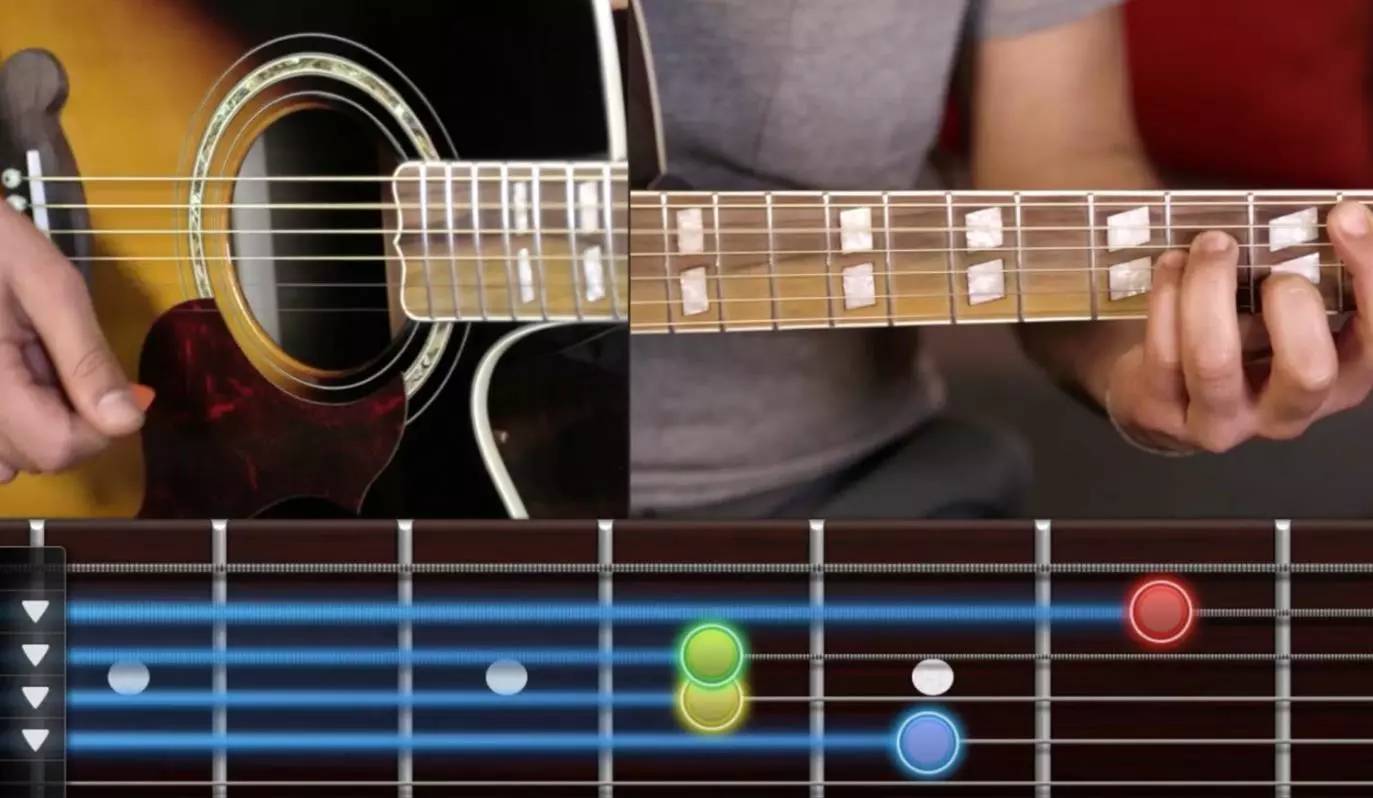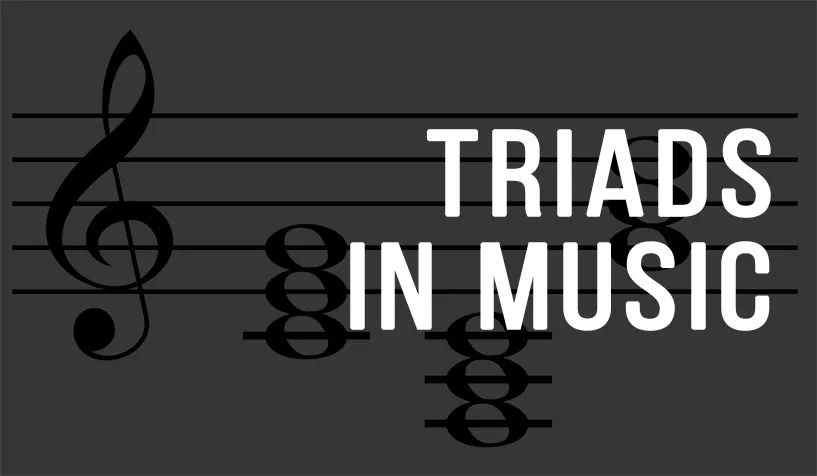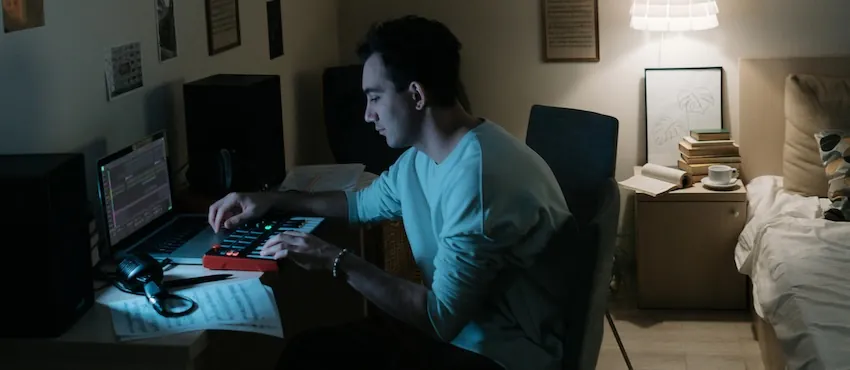Melody and Harmony: Similarities and Differences

Musical art includes three key components: melodic lines, harmonic accompaniment and rhythmic structure. In the case of vocal compositions, another element is added to them – lyrical content. Melody and harmony are created through different combinations of musical pitches. Despite the close interaction between melody and harmony, it is important not to confuse these concepts, because each of them plays a unique role in a piece of music.
What is a melody?
A melody is a sequence of musical sounds combined into a harmonious whole. Many pieces of music are based on a combination of different melodies that interact with each other. In a rock band, each member—whether vocalist, guitarist, keyboard player, or bass player—contributes to the overall melodic sound by playing melodies on their instruments. Even the percussion instruments behind which the drummer sits have a melodic function.
The melody of a piece of music consists of two main components:
Step
This refers to the actual acoustic waves generated by the musical instrument. These audio frequencies are arranged in a series, designated by names such as C4 or D#5.
Duration
The description of the melody also covers the duration of the sound of each of the pitch components. These time intervals are classified into different durations, including whole, half and quarter notes, as well as triplets and others.
What is harmony?
Harmony arises from the combined sound of various musical lines, forming a holistic audiovisual picture. Let’s take an orchestra as an example: a flutist can produce a sound of one pitch, a violinist another, and a trombonist a third. Their sound separately creates separate melodic lines, but at the moment of their simultaneous performance, harmony is born.
Harmonic combinations are often a sequence of chords. In our conventional orchestra, let’s say that the flutist plays the high G note, the violinist plays the B note, and the trombonist brings the E note into the composition. Together, these notes form an E minor chord. Thus, although each musician produces only one note, together they create the harmonic sound of the E minor chord.
Melody and harmony: what’s the difference?
Despite their close collaboration, the melody and harmony have clear differences. In the tradition of Western music, both melody and harmony develop from a common set of 12 tones. The vast majority of music, from classics to modern hits, is created in certain musical keys, using only seven of these twelve sounds.
Let’s take the key of C major as an example:
It includes the sounds C, D, E, F, G, A and B.
Thus, any melody in the key of C major will consist exclusively of these notes.
Harmony in the key of C major is formed on the basis of chords that are assembled from notes of the C major scale. For example, a C major harmony can contain a D minor chord because all of its components (DFA) are within the C major scale. At the same time, there is no place for the D major chord in it, since it consists of DF#-A, and F# is not included in the range of the C major scale.
Consonance and dissonance
Do compositions in C major exclusively use notes from the C major scale? The answer sounds like a negative. Often in music there are elements that go beyond the basic scale, leading us to the concepts of consonance and dissonance, which are actively present in modern music.
Consonantal melodies and harmonies are built directly on the basis of scales, while dissonant moments include sounds that go beyond the main tonality.
Take for example the song “Be My Baby” by the Ronettes.
Her verse has 16 bars, where the first half is completely consonantal, with melodies and harmonies based on the notes of the main scale of the song (E major), and consists of three chords (E major, F minor, B major) from this scale. However, subsequent bars introduce G# major, C# major, and F#7 chords, all of which contain notes that do not belong to the E major scale.
Thus, the second half of the verse is moderately dissonant. The chords G# major, C# major, and F#7 contribute only one note each outside the E major scale, making the dissonance tolerable for the listener.
An example of minor dissonance in a song is chords that, while slightly dissonant, include melodies that correspond to the sounds of those chords. For example, a G# major chord includes a B# note that does not belong to the E major scale. The song’s vocal line uses this B# note in conjunction with the chord, thereby emphasizing and deepening the dissonance.
ADVICE FOR COMPOSERS. When creating melodies, try to ensure that they emphasize the harmony of the main chords, as this is more important in strengthening the overall harmony of the piece.
Examples of melody in music
Melodic lines in music can take two main forms: vocal performances and instrumental fragments. The following are examples of their manifestation in musical works:
Lead vocals
At the center of the musical composition is the main melodic line, performed by the main singer. It could be an aria performed by an operatic soprano from the works of Mozart, or the loud vocals of a heavy metal track performed by a rock vocalist. In both cases their role is similar.
Backing vocals
Backing vocalists usually enhance the melodic richness of a composition by adding harmonies to it. For example, if the main vocalist plays the note A (as the third element of an F major chord), the backing vocalist might add a C note (as the fifth element of the same chord), doing so with a softer intonation.
Thus, the backing vocalist not only emphasizes the harmony in F major, but also contributes to the melody, with his line designed to primarily complement the lead vocalist’s part.
Instrumental riffs
Musical instruments also create melodies. It could be Jimmy Page masterfully performing the opening section to “The Immigrant Song” on a Les Paul guitar, or Glen Gould masterfully playing a Bach prelude on a Steinway Grand piano. Instrumental melodies are just as important to music as vocal lines.
Solo
What is a guitar or saxophone solo if not a melody line? When John Coltrane plays a predetermined sequence of notes at the beginning of “Giant Steps,” he creates a melody. And when he unfurls a stream of notes over the course of his expansive solo, it’s a melody too. It is important to realize that melodies do not always have to be strictly written down. They can arise in the process of improvisation in the same way.
Examples of harmony in music
Like melodies, harmonies appear in music in a variety of forms. These include:
Static chords
When a pianist holds chords based on fourths, or when a guitarist maintains the sound of a chord for one or two measures, these are called static chords; they remain unchanged, with no melodic lines added on top – at least by said pianist or guitarist. This approach represents one of the most basic forms of harmony, common to all musical styles.
Chords interspersed with melodic lines
There is no law stating that harmony and melody must be strictly separated and cannot be intertwined. Many performers, especially those at a high level of performance art, are able to seamlessly move from harmony to melody and back again, sometimes even within the same piece of music.
Jimi Hendrix exemplifies mastery in this field. Note his ability to effortlessly switch between chords and individual notes on songs like “Castles Made of Sand” and “Little Wing.” The piano, due to its natural ability for polyphony, is also excellent for playing melodic and harmonic elements simultaneously.
Bass lines
Bass lines are often characterized by being played one single note at a time, however these individual sounds can represent entire chords. For example, when a bass harmonizes in the D minor range using seven notes from the corresponding D minor scale, and the bassist plays the note F, the listener automatically associates this with an F major chord. This is because the F major chord is an element of the D minor scale, as opposed to the F minor chord.
Choral excerpts
The choir is a group of unique performers united by the use of similar instruments. For example, a vocal choir consists of a variety of voices, from high sopranos to deep basses, with some performers whose voices sound at intermediate pitches.
By dividing musical parts among the various voices of a choir, composers can create complex harmonies. The composer can specify Eb for basses, Db for tenors, Bb for altos and Gb for sopranos. These sounds together form an Eb minor chord, with the melody carrying the third note (Gb). It is worth noting that the choir can be formed from any group of instruments, be it strings, saxophones, guitars, etc.
Counterpoint
The elements of a chord do not have to sound simultaneously in the same part of the bar. Many musical authors develop independent melodic lines that can intersect without necessarily coinciding in time. This interaction of notes creates chords that are not presented as a single unit, but are intuitively recognized by the audience.
This method, called counterpoint and most clearly demonstrated in the fugues of Johann Sebastian Bach, is one of the most complex and refined forms of musical creativity.










